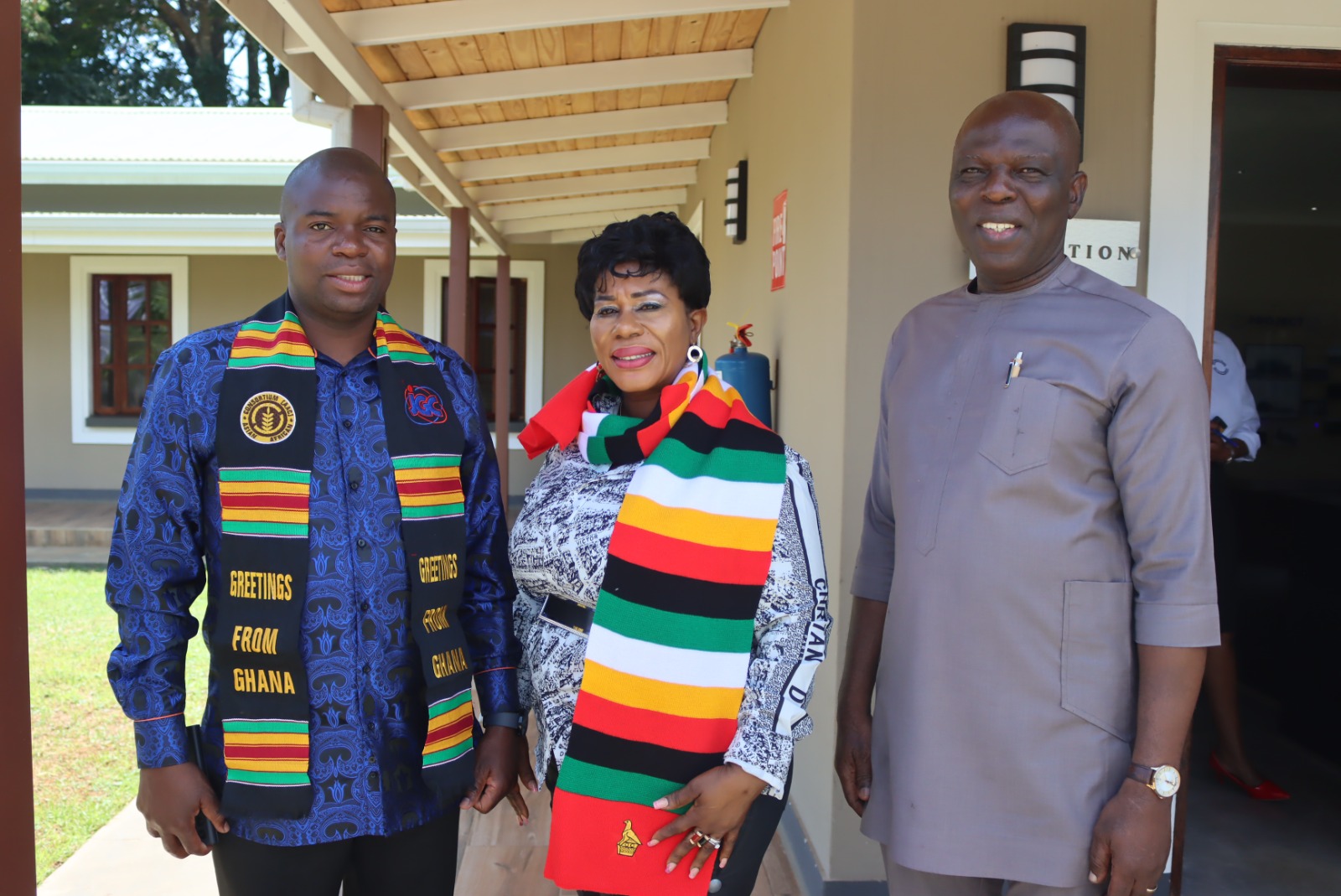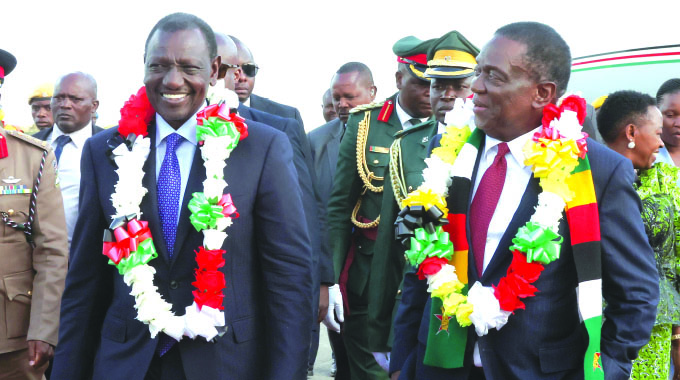Effects of Climate Change to SADC: Chimanimani Five Years After Cyclone Idai

Pictures: Kudakwashe Hunda – Senior Photographer
Climate change impact is categorized with tremendously distressing events in the form of floods, loss of reliable shelter and deaths. Cyclone Idai landed in Chimanimani on the 14th of March in 2019 and lasted for three days. It left a trail of destruction in Mozambique.
The SADC region is constantly experiencing the effects of climate change. These include heat waves, prolonged dry spells and increased rainfall concentration. This results in the disturbances of SADC economies and defective social ways. Cyclone Idai destroyed the food supply chain, health systems, schools, roads, and bridges and above all hundreds of people died. Several people got injured while hundreds are missing. Over forty thousand residents of Chimanimani district were affected
Chimanimani Mountain
This is a mountain range on the border of Zimbabwe and Mozambique and is between Zambezi and Save Rivers. The mountain range derives its name from a tight gorge (according to villagers from the Chikukwa community) which is an easy passage for citizens from both countries visiting each other across the border.
The mountain range is part of Chimanimani National Park inhabited by a few wild animals, a good forest with a variety of trees and plants. Tourists visiting the national park enjoy bird viewing and hiking too.
Chimanimani district has an area of three thousand four hundred and fifty square kilometres and shares boundaries with Mutare, Buhera and Chipinge districts. Chimanimani district is prone to heavy rains and was the center of the worst cyclone ever, cyclone Idai which occurred on the 14th of March 2019.

Juliet Machangi’s husband, aunt and daughter died after doing all but failing to overcome the impact of the falling boulders, and heavy rains associated with wind. This was after seeking refuge at a neighbour’s house. The bodies of the three are still missing.



Magret Kaneta is now operating from a vending stall installed by the Government at Kopa as a post-cyclone recovery project. Several women from the community are operating as fruit and vegetable vendors at this facility.




A thriving maize crop in Rujeko village under Chief Chikukwa in Chimanimani. The Machoba family work with a span of cattle in a maize field while the Mudzokora brothers harvest bananas in Dzingira village near Kopa township. Crops in communal areas and developed irrigation schemes were destroyed. Plantations and livestock faced the same fate. Chimanimani has fertile soils and has high agricultural productivity. Cyclone Idai induced high land degradation and reduced space for crops and plantation production. The recovery process is taking a long time due to the prevailing effects of climate change like extreme heat and drought.

Seventy -five years old Noah Jackson Muyambo relieves sad memories of cyclone Idai when he lost his Nephew Nhamo Jackson and his family at Rujeko village under Chief Chikukwa in Chimanimani.

Noah Jackson Muyambo opens the gate for the media crew to follow him to the site of the horrific deaths of his nephew Nhamo Jackson and his wife Docas Chikanya and three children

The huge bolder came from the mountaintop and landed inside the late Nhamo’s bedroom, killing his late wife Docas Chikanya as Nhamo tried hard to rescue his children crying for help from the other hut. Nhamo’s efforts did not yield the desired results as both he and his children were also buried in mud.

The graves of Nhamo Jackson’s children within sight of passersby in a burial ground in Rujeko village.

Boulders of all sizes were brought from unknown locations by cyclone Idai and buried over sixty houses in Ngangu Extension, a suburb established in 2000 with four hundred stands in Chimanimani township. Survivors indicated that over twenty people died and hundreds were injured. After a long and futile search with few bodies being dug out of mud, the South African Government came to help with its national Defence forces and sniffer dogs. Everyone was of the view that there could be dead bodies under the boulders unfortunately the exercise ended with poor results.

Another huge boulder that landed in Ngangu Extension today sits where there was a house and its residents unaccounted for, some say they were swept away by the heavy downpour and others believe they could be people under the rock.

A newly formed gully caused by land falls off the N’angu mountain, south of Ngangu Extension has become a permanent feature and reminds both residents and visitors of the fateful day when the strongest and most devastating cyclone Idai caused serious suffering to the people of Chimanimani and their Mozambican counterparts.

Lilian Makatare sitting on what remains of the house they were staying in with her family at the Jehova’s Witness church in Ngangu extension. She survived by hiding in a neighbour’s house.

The remaining walls of Samhiri’s house in Ngangu Extension. Samhiri died while trying to assist a neighbour who was trapped to death together with his family. The family had all its members swept away by the rains all the way to Mozambique.

This is Aaron Mwanasawani’s house which was damaged by cyclone Idai and is now unsafe to stay in. Aaron Mwanasawani who has since vacated benefited from the Government’s new housing programme for victims of Cyclone Idai

Trees have grown inside the walls of what used to be a house in Ngangu Extension, Chimanimani township before the devastating cyclone Idai. This has become an eyesore as questions abound about the fate of its owners since March 14, 2019.


St John Catholic Church Ngangu became a temporary mortuary as bodies retrieved from collapsed houses, boulders and mud were taken to this building and laid on the floor. The injured were also brought to the church while survivors would also compete for space. The house of prayers and worshipping became the busiest as life outside became unbearable due to high winds and intense precipitation. There was no lighting because electricity pylons were brought down by the heavy storm. It became extremely difficult to reach out for any help as both landline and mobile networks collapsed. Toilets flooded while water facilities got contaminated.

Mr Ngorima Machingauta is a Senior teacher at Ngangu Primary School. He survived miraculously after being swept by floods for several meters from his house in Ngangu Extension after being trapped by a concrete pole. He had to fight his way till he got to the suburbs shopping Centre. He later took part in all efforts meant to help the injured, digging up and carrying bodies to the Catholic church building and burial.

Mrs Getrude Chimuka, Deputy Head at Ngangu Primary School in 2019. She got the Humanitarian Award medal as a Heroine of Cyclone Idai for leading in the upkeep of victims of Cyclone Idai.

Learners in a newly built classroom block at Ngangu Primary School. Parents contributed heavily with assistance from the local members of Parliament in the construction of this learning facility after old structures were left in a dilapidated state. Several schools were affected and learning was suspended. Ngangu primary lost thirty – two learners, twenty- six bodies were found while six are still missing.


The new Nyahode River bridge was constructed by the Government as part of the Cyclone Idai recovery programme. The Government also rehabilitated the road from Machongwe to Kopa and Kopa-Jopa highway. Chimanimani road network was destroyed by the heavy downpour making the district inaccessible. The Government deployed Zimbabwe Defence forces with helicopters to take the affected out of danger as well as give them relief food and clean water.



All the debris composed of huge boulders, weighty mud, wooden blocks, building material from destroyed houses, and dead human and animal bodies all coming from the heavy precipitation accompanied by high winds and carried by Chimanimani district’s three major rivers Nyahode, Chipita and Rusitu converged at Kopa shopping Centre making the service Centre inaccessible. After converging at Kopa the river’s flow goes all the way to Mozambique where a number of dead bodies were later discovered. As the level of floods subsided the South African Government sent its National Defence forces who constructed two bailey bridges with assistance from the Zimbabwe National Army. This was a donation from a SADC member State and Zimbabwe’s neighbour, South Africa. This came as a powerful relief to the residents of Dzingira village and the entire Kopa-Jopa area.









Comments